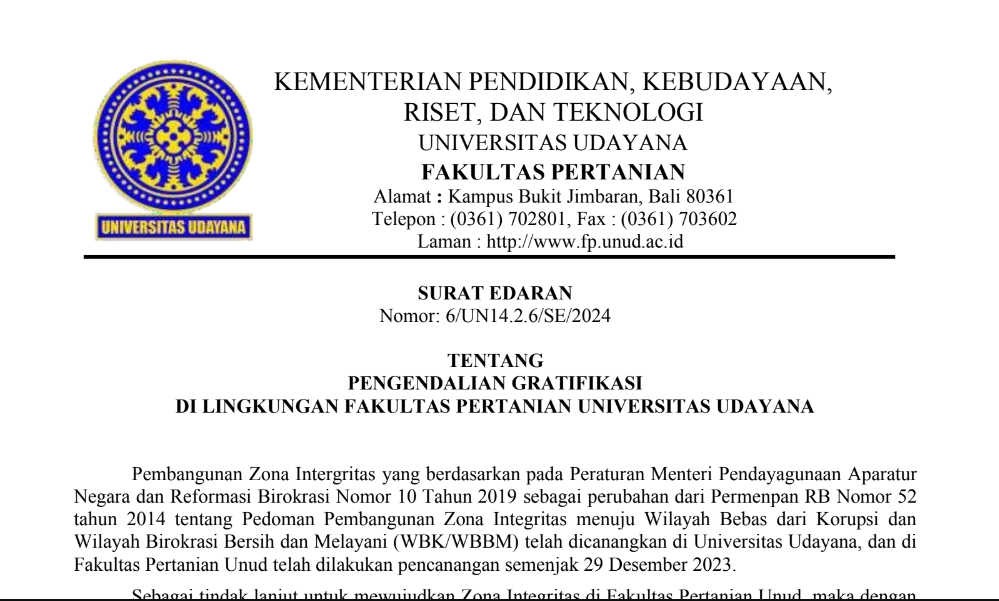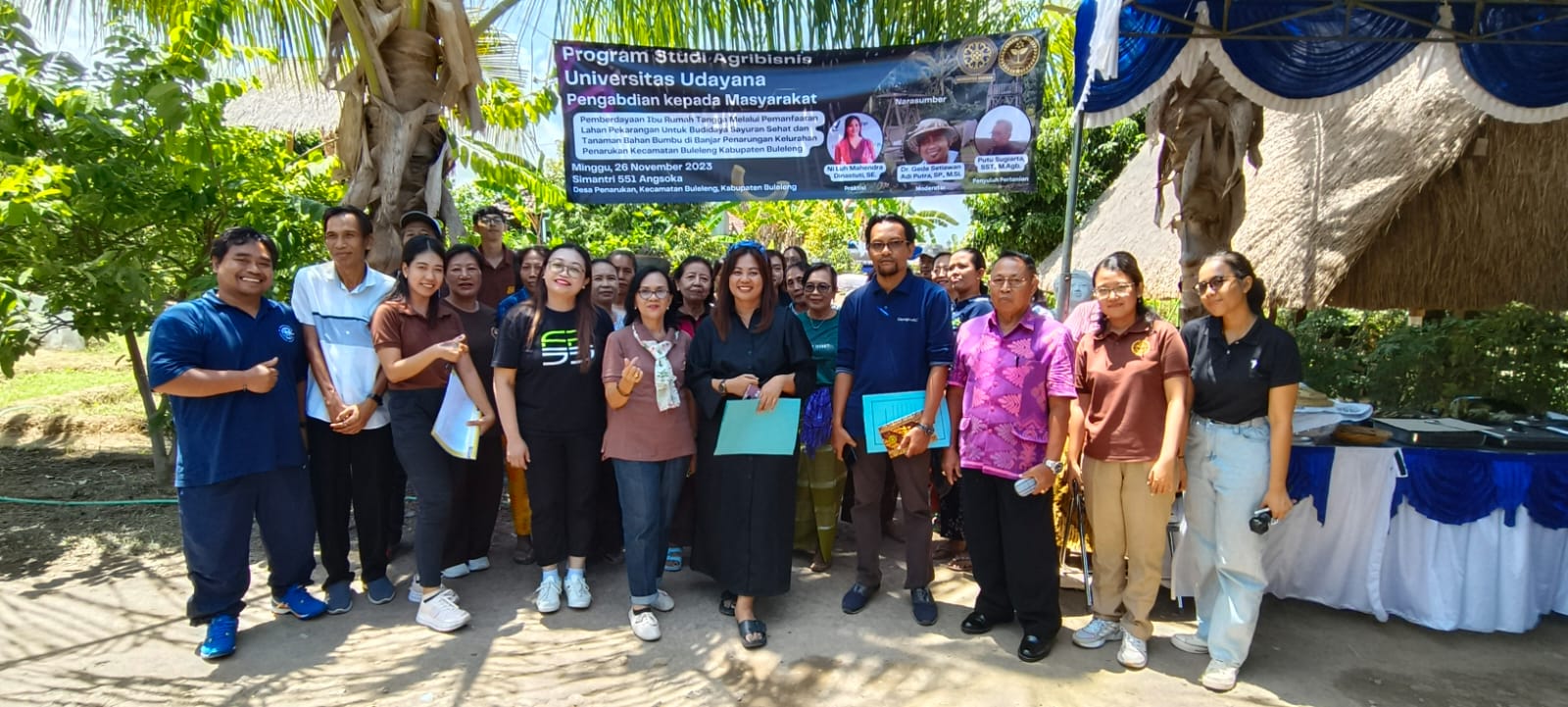Student Assessment
Assessment of student learning processes and outcomes of the BoA includes: a) principles of assessment; b) assessment techniques and instruments; c) assessment mechanisms and procedures; d) implementation of the assessment; e) assessment reporting; and f) student graduation. Assessment of learning in the BoA includes an assessment of the learning process and learning outcomes with a proportion of ? 60% and ? 40%, respectively. Assessment of learning involves aspects of hard skills and aspects of soft skills. Aspects of soft skills are spread across all components of the assessment, which include: (1) communication skills; (2) thinking, reasoning, and arguing skills; (3) ability to solve problems; (4) teamwork; (5) information management; (6) moral ethics; and (7) leadership skills. Various assessment methods used in the BoA are as follows: attendance, written tests (UTS and UAS), oral tests (tests with an interview system), quizzes, structured assignments, independent assignments, and practicum.
The policy regarding the learning assessment system in the BoA is contained in the Academic Guidelines at the faculty level, which is guided by the Udayana University Academic Guidelines. All rules and conditions for learning assessment at the undergraduate level in the BoA have been communicated to students during the Introduction to New Student Campus Life (PKKMB).
Standards for assessing courses based on standards are classified into eight levels of assessment, as follows:
a) The letter A is equivalent to the number 4 (four);
b) The letter B+ is equivalent to the number 3.5 (three points five);
c) The letter B is equivalent to the number 3 (three);
d) The letter C+ is equivalent to the number 2.5 (two points five);
e) The letter C is equivalent to the number 2 (two);
f) The letter D+ is equivalent to the number 1.5 (one point five);
g) The letter D is equivalent to the number 1 (one); or
h) The letter E is equivalent to the number 0 (zero),
The final grade given to students for the learning process taken in each course for one semester is carried out through a process assessment and product assessment mechanism with a composition of 60% process assessment and 40% product assessment. In each learning process, assessment is carried out based on the assessment rubric.
1. Small Group Discussion (SGD) Participant Assessment Rubric
2. SGD Presentation Assessment Rubric
3. Rubric for Assessment of Student Scientific Papers (Student Paper)
4. Rubric for Assessment of Student Scientific Paper Presentations (Student Paper)
5. Final Assignment/Thesis Exam Assessment Rubric
To ensure the transparency and validity of the assessment so that it can be trusted by all parties, the grades of all courses are inputted into the Udayana University Academic Information System (SIMAK) online system via the IMISSU page (https://simakng.unud.ac.id/dosen/inputNilai). Through this system, students can see the value of each assessment component, making it easier for them to make an appeal if they have objections.
In the teaching and learning process at the BoA, a feedback mechanism is provided from students so that they are able to improve their mastery and understanding of the material and the learning process. Feedback is always given in every formative and summative assessment process.
Monitoring and evaluation of the learning process in the BoA are carried out throughout the semester and at the end of the semester. During the semester (on-going evaluation), this is reflected in the various evaluation methods previously described above, while the evaluation at the end of the semester of the learning process is also carried out by students against teaching lecturers. The learning process by the lecturer is also evaluated by the TPPMP regarding courses without practicum (https://forms.gle/s5N7WjDHFhih1YKS7) as well as courses with practicum (https://forms.gle/bdvyhMZsvC5ZSa3k6). While evaluation by students to lecturers can be filled via https://forms.gle/5eUhrhpoueQ7a5Uc7. While the evaluation of lecturers by TPPMP through (https://forms.gle/Tk45w9DzH868SU3Z6).



FACULTY OF AGRICULTURE